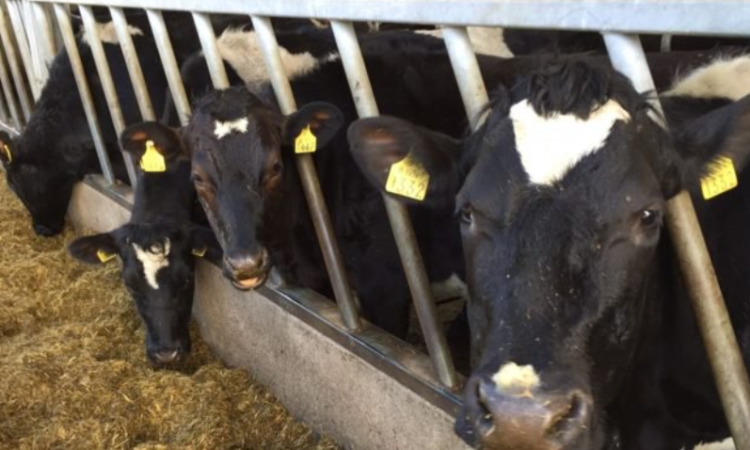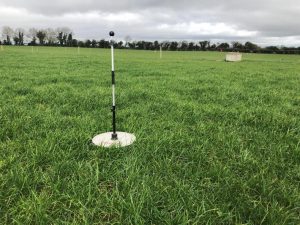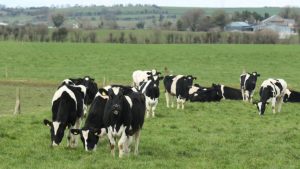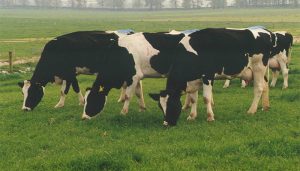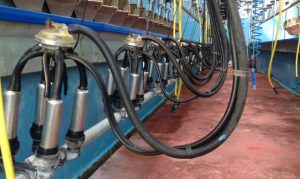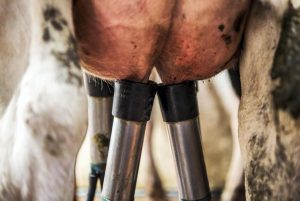
“In the Irish system of milk production, base milk is cheap and marginal milk is very expensive to produce. Many dairy farmers are eroding their profits for the pleasure of producing extra milk; ego farming is what I like to call it,” the Kerry man explained.
Touching on what marginal milk is, John said: “Marginal milk is the addition or reduction in milk production when you make a change to a farming system.
“By knowing the increase or decrease in milk – and the change in the total cost – we can work out what was the effect of changing the farming system on overall profitability.
“There is no such thing as a fixed cost; I like to call them mixed costs because they are a mixture of fixed and variable costs. As feed expense goes up, variable costs also go up, but by almost 20%.”
Continuing, he said: “When you feed more bought in feed – such as concentrates to support the higher stocking rate – you are either milking more cows or producing more milk/cow.
“As a result, you’re harvesting more milk which means the parlour is running for longer and more milk has to be cooled. This means the electricity bill goes up. Electricity is a fixed cost, yet it goes up when you intensify,” he added.
According to Johns calculations, for every €100 extra a dairy farmer spends on feed on average, total costs go up by €153.
Voicing his concerns, John said: “The trap many farmers fall into when doing their own calculations is that they do it based on milk price and not total costs. Irish research from Teagasc shows that 45c/L is the cost of marginal milk in Ireland.
“Using supplements to increase stocking rate results in very expensive marginal milk and is rarely profitable. This is not the message farmers want to hear in an expanding industry,” he concluded.
